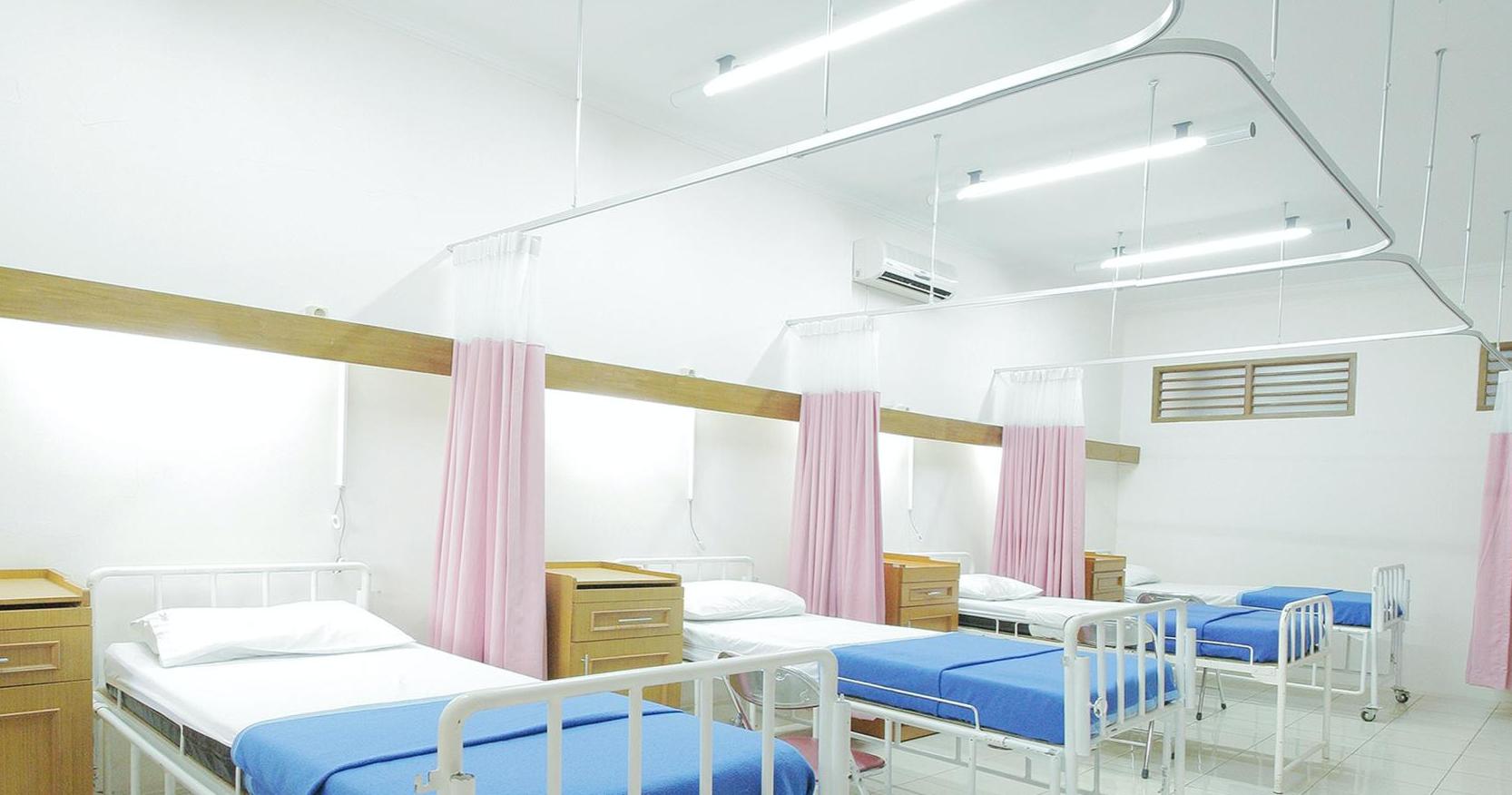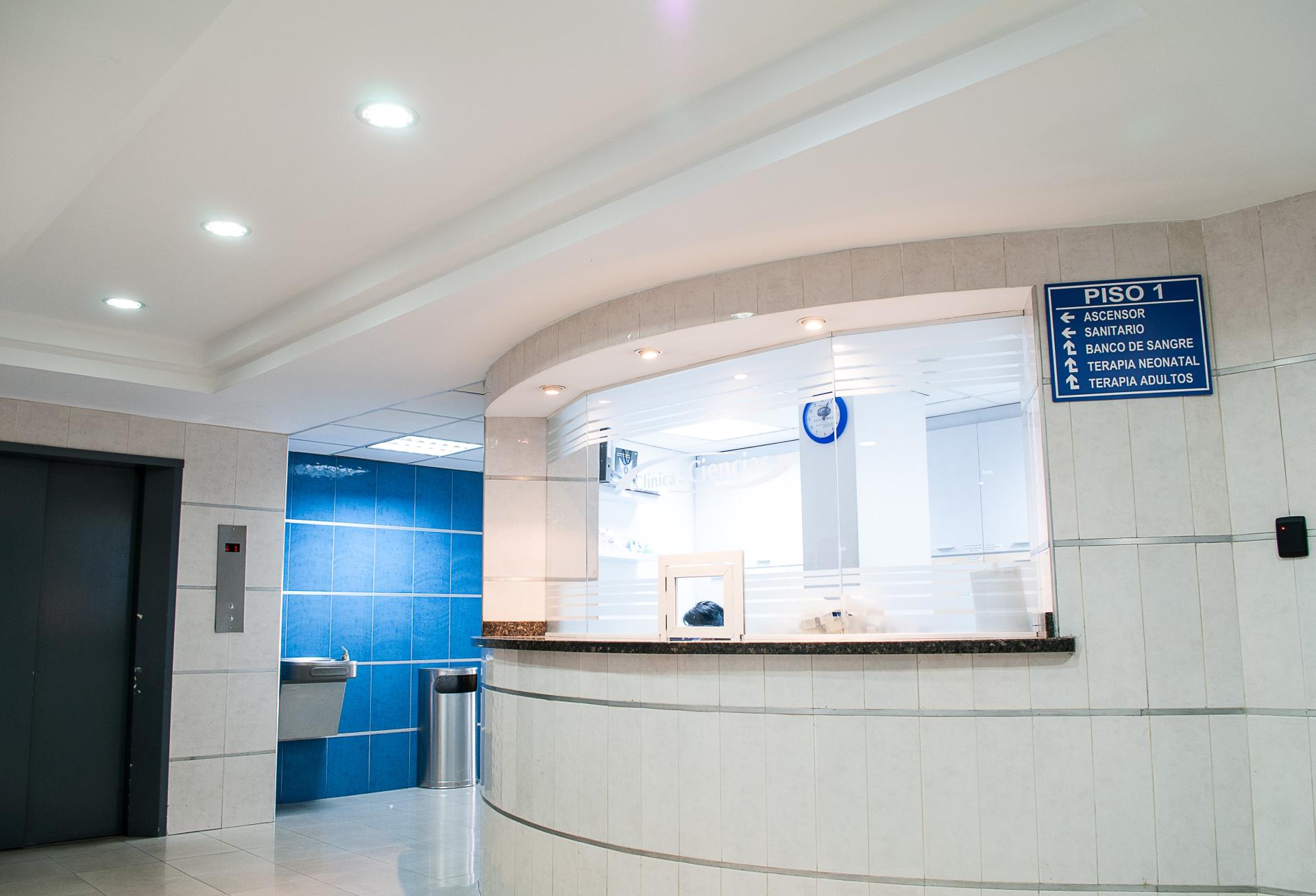The appropriate light source is one of the most important decisions hospital management has to make. The quality of light can help the medical staff observe the patients and work effectively. Traditionally, fluorescent and incandescent lights were the light source of choice for most hospitals. However, LED lighting was introduced, and it seems it might have more benefits than other lighting choices. What are the benefits of LED lighting in a healthcare environment? Let’s find out.
Colour Temperatures and Circadian Rhythm
Hospital LED lighting is available in a few different shades of white. These shades are referred to as a bulb’s correlated colour temperature (CCT, measured in Kelvin). Different temperatures on the Kelvin scale represent different colours. For example, a light at 2000K-3500K is orange/yellow, natural or neutral white light ranges between 3500K and 5000K, and bluish-white (known as cool white) is at 5100K-20000K.
Throughout the day, the light changes its colour and if the lights inside the medical environment can reflect that then you can count on improved productivity, efficiency, and less tired eyes of your medical staff. Artificial lights that deviate from the natural lighting cycle might throw off the circadian rhythm of your staff and patients. This is why it is so important that the lights you use follow the shades of natural light during the day, especially when you have people working very long shifts. There are LEDs that can be adjusted during the day when it comes to their colour, but one colour that is most recommended for hospital lights is cool white, the one that reflects natural light during the day.
Zero Health Risk
You should know that fluorescent lightbulbs contain mercury that can be released if a LED bulb breaks. Mercury is a toxic element and can be harmful if absorbed through the skin or inhaled. Incandescent lights, on the other hand, also emit low doses of UV radiation that can damage not only facility materials but can also damage the skin. Continued UV exposure can be harmful to the eyes as well.
LEDs contain no mercury, and unless they’re specifically UV bulbs, they emit very little to no UV radiation, so they are perfect as hospital lights. These two factors alone make them a better choice for health care facilities than other types of lighting. Not to mention that, LED lights won’t flicker or emit any colour spikes, unlike fluorescent bulbs. When used for medical lighting, LED bulbs and fixtures can improve health and minimize the possibility of additional health risks posed by incandescent and fluorescent bulbs.

Better Staff Performance
Seeing colours precisely is critical in healthcare environments. Inaccurate colour rendering of skin or blood could lead to a misdiagnosis. Medical LED lights with high colour-rendering indexes (CRIs; LED CRIs can range from 70 to 98) can ensure that colours are seen accurately in hospitals and improve their productivity. A light source with a CRI close to 100 shows colours very similar to how daylight shows those same colours. So having LEDs leads to increased efficiency, as high CRI LED lights help prevent medication errors.
Lighting Life Span and Maintenance
The hospital LED lights will last you approximately 5 times longer than fluorescent lighting and 25-40 times longer incandescent bulbs. In a large healthcare facility, time is of the essence. Every minute of downtime from burned-out or damaged bulbs means less productivity and more maintenance costs. These costs are not just limited to paying maintenance workers to change the bulbs to new ones, you will be also paying doctors and technicians for their time until they have the space ready to work. Downtime in hospital rooms might also contribute to delays in patient diagnosis. This is why it is essential that you choose the lighting option that has the longest life span and lowest maintenance requirements – and LEDs are just what you need.
LED hospital lighting not only reduces maintenance costs but also dramatically reduces energy costs, so you can expect a significantly lower electricity bill, especially if you also decide to invest in an LED power supply. With better cost management, you can direct the saved money elsewhere, towards patient care, for example.
Another thing you can count on when it comes to medical LED lights, is their minimal heat emission. In operating or examination rooms, it’s important that doctors and nurses are comfortable. Working under hot lights increases the risk of mistakes during an operation, which is why LEDs are so beneficial for hospitals.
Final Thoughts
With all the research that has been done on the benefits of LED lights, it’s easy to see why they’re the best lighting choice all around. LED lighting seems like the ideal option for the healthcare environment. It is cost-effective, safer, lasts longer and improves productivity. Just one hospital switching to LEDs can have a dramatic, positive impact on patient health, staff satisfaction, and the healthcare environment.




